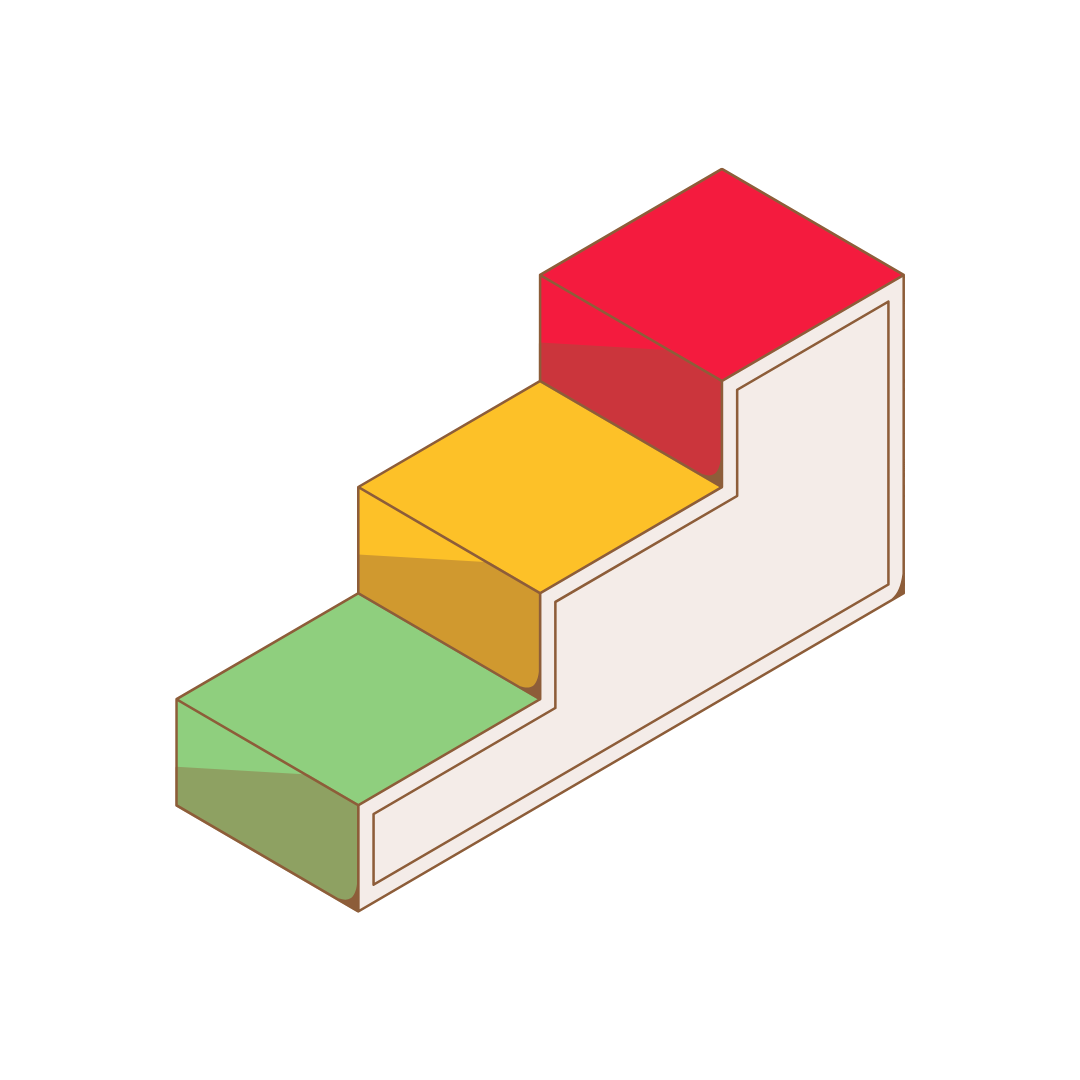What is a Scientific Abstract?
As you approach your academic writing project, whether for a journal submission or a term paper, the abstract will be key. But what is a scientific abstract, what should it include, and how do you write one?
Our guide provides detailed answers.
Table of Contents
- What is a Scientific Abstract?
- Why Do You Need a Scientific Abstract?
- Scientific Abstract Types and Structures
- Writing a Scientific Abstract: Step by Step
- Common Scientific Abstract Mistakes—and How to Avoid Them
- Tips for Writing Your Scientific Abstract
- Get the Help You Need for Your Scientific Abstract
- Scientific Abstract: FAQs
What is a Scientific Abstract?
A scientific abstract is a short section of writing at the beginning of your academic paper. It provides an overview of what is included in the body of the paper so that potential readers can understand your study and decide if they want to engage with the material further.

What Should a Scientific Abstract Include?
The contents of the abstract will vary according to the nature of the study, but most will include the following four elements:
- The introduction or background of your study
- The methodology you used in completing your study
- The results of your experiments or investigations
- The conclusions you reached as a result of your investigations
In other words, it will cover everything in your study. It functions as a condensed version of the full scientific paper.
Why Do You Need a Scientific Abstract?
When you write your scientific paper, you will keep the reader in mind, communicating your ideas to them as clearly as possible. Despite this, reading a paper in full will still be a significant task for the reader. This is where the abstract comes in. It will only take a couple of minutes to read the abstract, and the reader can then decide if they want to spend time exploring the body of the paper.
Writing an abstract also fulfills other purposes. The abstract will be used to index your work so that it can be easily found in places such as Google Scholar, JSTOR, or the libraries of learning institutions. When people search in digital repositories, the keywords in the abstract often help them find the paper they need.
Scientific Abstract Types and Structures
Scientific abstracts are all designed to achieve essentially the same purposes, but there are different ways to accomplish these purposes. There are two main types of abstracts and three ways to structure the information within them.
Abstract Types
1. Descriptive Abstracts
A descriptive abstract is the shortest type. It may be only 100 words in length or even shorter. This is because it omits the results and conclusion elements of the abstract. Most publishers and institutions prefer a longer-form abstract.
2. Informative Abstracts
This is a more common form than the descriptive type. An informative abstract will be up to 200 or 250 words in length and will include all of the four elements mentioned above.
Abstract Structures
1. Structured Abstracts
A structured abstract can be either descriptive or informative, and each section of the body is represented by a separate paragraph.
2. Semistructured Abstracts
A semistructured abstract will usually be just a single paragraph, but each sentence will represent one of the sections in your paper.
3. Nonstructured Abstracts
This is another single-paragraph abstract, but your sections are not divided up into individual sentences. You may use a different number of sentences to cover each section, resulting in a more natural flow. Descriptive abstracts are typically nonstructured.
Writing a Scientific Abstract: Step by Step

When you consider how to write a thesis or dissertation, the abstract is a major part, despite its relatively short word count. The following six-step process can help you overcome obstacles as you write your abstract.
Step 1: Complete Your Research and Write Your Paper
The abstract appears at the beginning of your work, but you won't write it until you have completed the investigation and written the body and conclusion of your paper. Remember, the abstract needs to be a complete overview of the work from start to finish, so you should write the full paper first.
Step 2: Define Your Topic and Area of Research
You'll begin the abstract itself by introducing your topic. What does your research cover?
Step 3: Identify the Purpose—the "Why"
This is a crucial step, and it is often missed. You need to communicate clearly why your research is valuable. It may fill a gap in the scholarly consensus, or you may be using an improved methodology to reach a new conclusion.
Step 4: Outline Your Methodology
Next, you'll cover the methods and approaches you used in your investigation.
Step 5: Summarize Your Results
You will need to include a summary of your results, but it's likely that you won't include all your results in the abstract. Avoid including numbers or statistics and focus on the most important findings.
Step 6: Provide a Short Conclusion
Your results will require some explanation and commentary, which should tie back into the purpose of your research and should explain what conclusions you have drawn.
Common Scientific Abstract Mistakes—and How to Avoid Them

Journal submission teams and educational institutions see the same scientific abstract mistakes again and again. Here are a few of the most common ones and how you can avoid them:
Writing the Abstract First
Even if you have a clear idea of what you're going to do and why and how you're going to do it, you can't write your abstract first. The abstract is not a plan—it's a summary. You can't write a summary of something you have not yet completed.
Misaligning the Results and Conclusion
You'll certainly need to put your editing hat on when writing an abstract. It's important to remove some of the details so you can adhere to the word limit. However, you still need to make sure the abstract flows coherently. Describing a finding based on results you haven't mentioned is a big problem, so proofread the abstract to ensure a logical flow.
Failing to Communicate Your Purpose
A frequent problem with abstracts is that they can look great but don't effectively explain the "why." Asking someone else to read the abstract and offer a fresh perspective can help you get the purpose of your paper across.
Tips for Writing Your Scientific Abstract
In addition to avoiding common mistakes, there are a few tips you can use to give you the best chance of success.
Make Sure All the Information is in the Body of the Paper
Double-check that you haven't raised any points or included any details that aren't in the full paper.
Simplify the Language Where Possible
Abstracts are designed to be read by a broader audience. You may need to simplify some of the academic writing and scientific language you have used in the main body.
Consider Using an Essay Editing Service
Even if you feel that you have written a strong abstract, it can be challenging to step outside of your work and view it critically. An essay editing service can help you catch any mistakes and polish your abstract.
Get the Help You Need for Your Scientific Abstract
The process and tips we've covered above will give an excellent framework as you create your abstract, but a dissertation, thesis, and proposal editing service can ensure it's the best it can be. This is where Scribendi can help.
Elevate Your Writing with Professional Editing
Hire One of Our Essay Editing Experts, Explore Our Dissertation Editing Services, or Get a Free Sample
Scientific Abstract: FAQs
What are the four main parts of a proper scientific abstract?
Most types of abstracts will include the following four elements:
- A short inroduction providing the study background
- An explanation of your methodology
- A summary of the results
- The conclussions you reached
What does a good scientific abstract look like?
A good abstract will be up to 250 words in length and will include your introduction, methodology, results, and conclusions. In most cases, it won't include references or citations and will be written in appropriate scientific language. However, this language may be simplified a little from the language in the body to make it more accessible to a wider audience.
What is the difference between an abstract and an introduction?
An abstract and an introduction are fundamentally different. The introduction is part of the full scientific paper and introduces your topic, your central thesis, and other important aspects. The abstract, on the other hand, is separate from the scientific paper itself. It comes at the beginning of your work and summarizes the entirety of your paper. Your abstract will include a short section representing the introduction, but it must also cover all the other sections of your finished paper.
